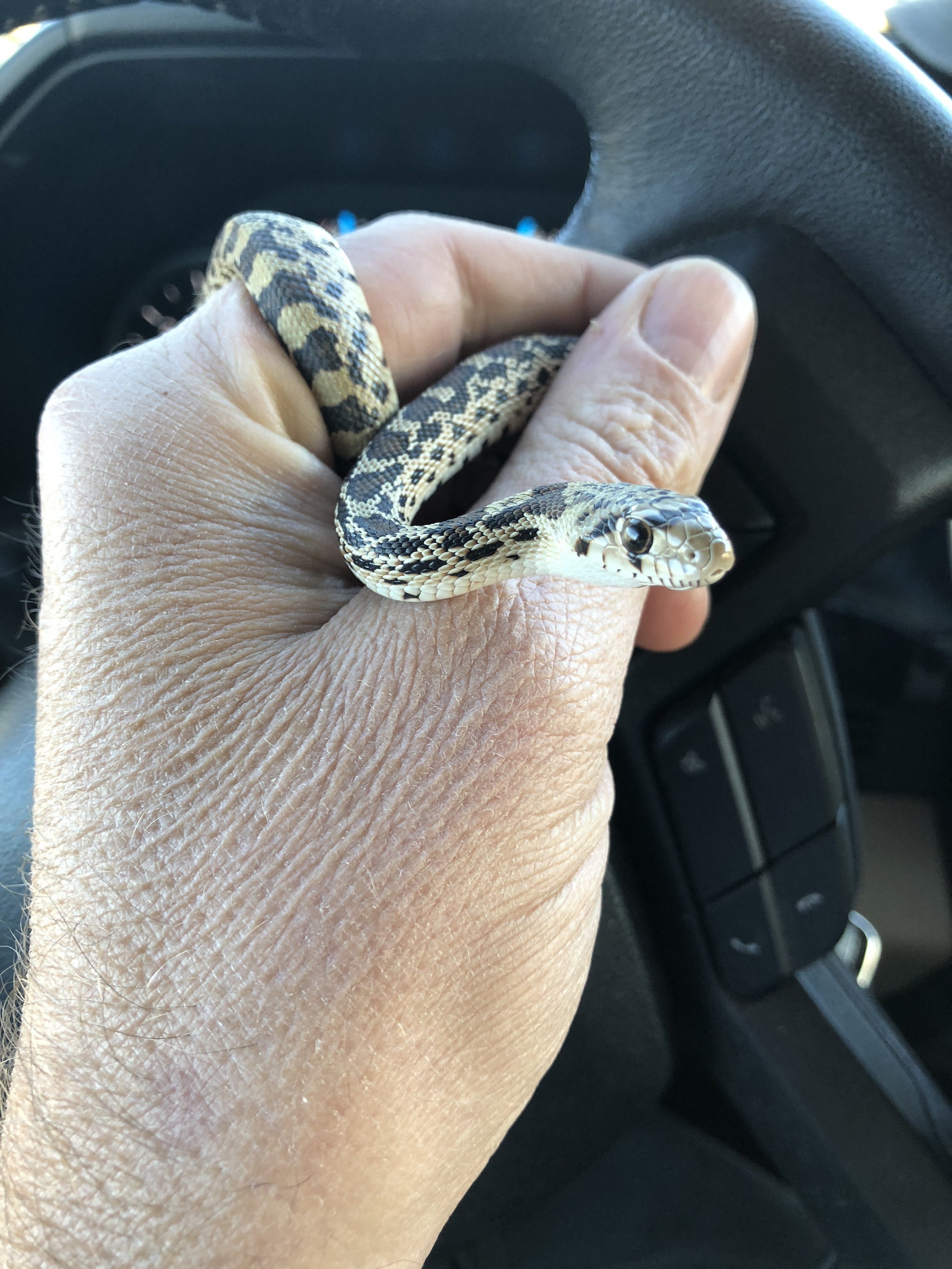2 a.m. at the Hotel Equatorial on Penang Island. Time travel to the other side of the globe is exhausting but I am not going to whine about it here. Suffice it to say that I’m now 14 hours in the future from Chicago where I had spent the last few weeks before flying out of O’Hare International Airport, and I’m 16 hours ahead of Arizona where I was a month ago. 16 hours is also how long the flight to Hong Kong was. I had a 12 hour plus layover there and had hoped, optimistically I suppose, that I might leave the airport and do some night photography of Hong Kong cityscapes. That didn’t happen both from being wrecked and due to poor visibility in the notoriously air polluted country where the haze was combined with heavy fog.
i left Chicago Wednesday afternoon, arrived in Hong Kong Thursday evening and then finally arrived on Penang on Friday morning. Passing through Penang,s airport was speedy and I stepped out into heat and humidity that I hadn’t experienced since I was last in Malaysia two years ago. Heat, I know. I spend summers in the Arizona and New Mexico deserts. But the warm bath air is not something I am used to or enjoy much. A hotel shuttle never materialized, and I turned down the guys offering rides outside of the system to get an official taxi. The ride to the business hotel where I am booked for four nights was only about ten minutes. I checked in quickly to my “upgraded” room and changed out of my sweaty clothes into swim trunks and soon was submerged in the refreshing waters of the pool with a cold Tiger lager waiting.
i was the only one at the pool, which has a waterfall in front of a cove with a jacuzzi, koi pond adjacent, etc. It was odd to have the whole place to myself and the staff quickly replaced my empty Tiger glass with the first Singapore Sling of this holiday, which I later followed up with another Tiger and a steak sandwich before finally heading back to my room and crashing.
Meanwhile , a whole herd of mad Nutters from the West Country of England was en route on their own flight to join me midday tomorrow, which is actually today since it is 2 am, and, which is Saturday here. Mark Pennell’s and family and friends should be at the hotel about 24 hours after I arrived.
i said I would blog her every day, keeping a daily diary trip log during our short adventure here on Penang before our group return to Langkawi Island on Tuesday. I hope to be able to make good on that promise. I will have to type these entries on my iPad as I didn’t bring a laptop. Sadly, my MacBook Pro was knocked off a TV table by my stepdad Joel’s almost one year old miniature Dachshund “Buddy” and the monitor no longer works. I have been using an external monitor back in Chicago but obviously couldn’t travel with it. What that means besides typing on a tablet is that I won’t be processing my dslr images until I return to Chicagoland. The images I will post within my blog posts will all be iPhone snapshots and those who use Instagram and/or Facebook are invited to check out my story on both as I’ll be posted many snapshots each day. My actual Instagram feed, which duplicated on Facebook, is reserved for “fine” photography so the feed won’t change until end of the month.
BUT …. 😡 So far the functionality of this Squarespace blog is being problematic when used on the iPad. The normal way I insert photos is not working and I don’t have the patience right now to try to remedy. I was going to add a hotel view photo looking out over mountain bay and maybe a shot of the pool but I am having difficulty. Until after breakfast …
















